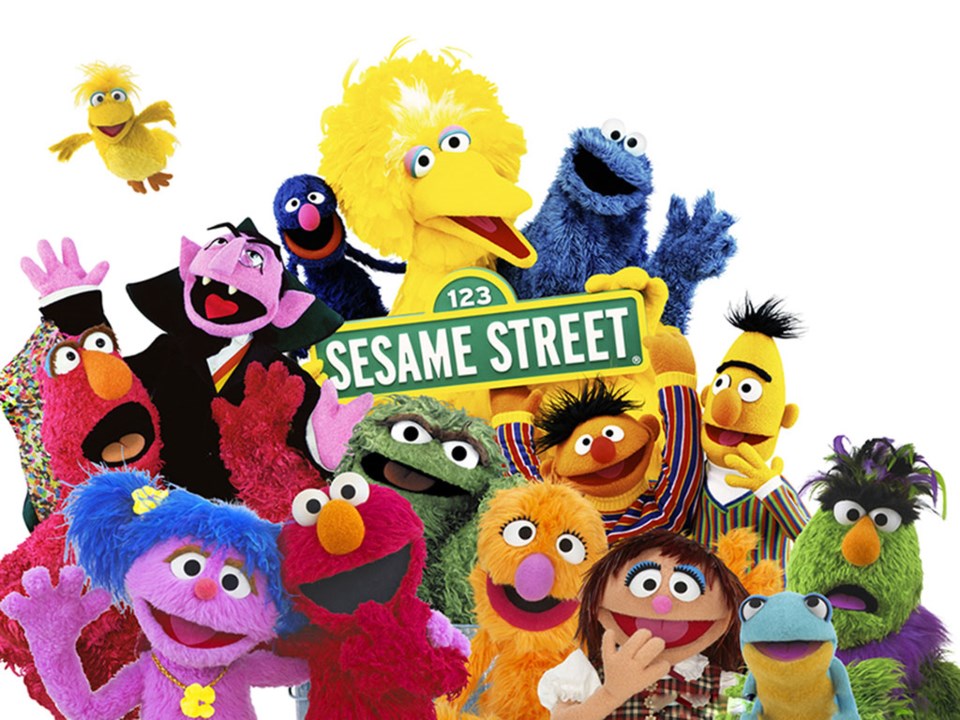As Canada strove to establish its own identity and culture in the 1970s and ‘80s, it found itself travelling along Sesame Street. And it wasn’t all sunny days, as University of Guelph Professor Matthew Hayday has discovered.
Hayday is a professor of history with an interest in Canada’s education and language policies and how they have shaped the nation and help define what it means to be Canadian.
Sesame Street, the children’s television show, began to air in the early 1970s – a few years before Canada established Canadian content rules in broadcasting and French language policy.
When it came to Canada there was pressure to Canadianize the content.
“I wanted to look at the way Sesame Street was adapted to Canadian content and the politics involved in that,” Hayday said in an interview. “That was the hook for me. What was the vision of Canada and how was that injected into the show?”
The first and most obvious change was including French rather than Spanish segments.
“The other priority was to include multiculturalism,” Hayday said. “This was the second year after government policy on language so it was very important.”
The third piece of Canadian content, and one that was “very progressive” for the era, Hayday said, was to include images and information about First Nations people.
“They were called Indians and Eskimos at the time but it was a very early priority of the show in Canada,” Hayday said. “The idea was not to teach French necessarily, but for children to know and accept that there are different languages. And these were positive representations of First Nations people – something not always seen.
“The idea was to subtly convey these values to Canadians aged three, four, five and six.”
It was tough going for the Canadian Broadcasting Corporation, however, as it negotiated these changes with the Children’s Television Workshop, which produced Sesame Street in the U.S.
The Children’s Television Workshop was very proud of the show and its vision of teaching children rather than just entertaining them.
“The show had specific pedagogical models and it didn’t want other countries to tinker with that,” Hayday said. “(The CBC) had to make sure it covered the curriculum in a specific way and educational experts had to vet the project.”
Commercials could not be aired during the show and the program had to air five days a week in the same time slot. Sesame Street was still building its brand, and as it gained international interest it was adamant about maintaining quality content for children.
Not every country thought Sesame Street was worth importing however.
Hayday said the British Broadcasting Corporation thought the show gave its lessons “with too much authority. They thought it wasn’t child-centred enough,” he said.
“What’s interesting about the Sesame Street project was how the stories were changed for local content and in Canada the show served to normalize certain values about Canada.”
